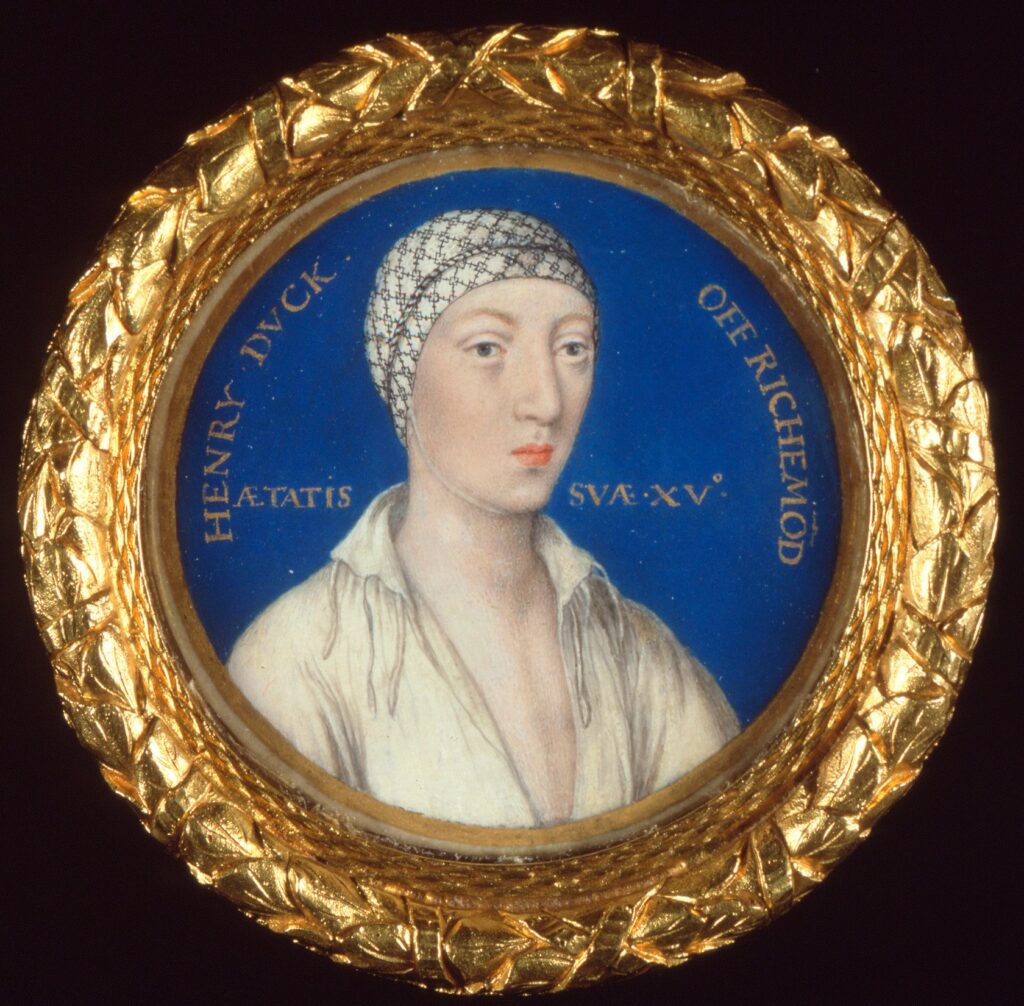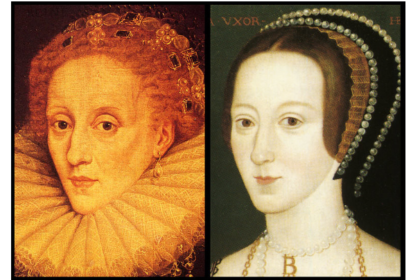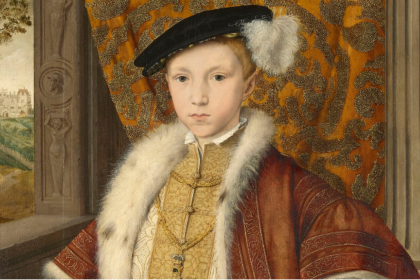On the 10th September, 1533, Chapuys wrote to Charles V about the birth of Anne Boleyn and Henry VIII’s daughter. Amongst other details of the christening, Chapuys reports a rumour about how the child was to be named:
‘The christening is to be at Greenwich…The bishop of London is to officiate. She is to be called Mary, like the Princess; which title, I hear in many quarters, will be taken from the true princess and given to her.’

Now, we have no other evidence to suggest that Henry and Anne were genuinely considering calling their daughter Mary – I will always be amongst the first to doubt rumours reported by Chapuys – however, given the culture around names at the time, it was certainly not inconceivable.
Whilst to modern eyes, naming their daughter Mary as well would seem like the royal couple spitefully piling insult and injury on to the already degraded Lady Mary, there was precedent for it.
English kings had a long tradition of giving legitimate and illegitimate children the same name, to present a few: the names of Henry I’s two legitimate children, Matilda and William, were also given to illegitimate children – twice over in the case of Matilda; Henry II had both legitimate and illegitimate Geoffreys and Williams; Edward III gave the names John and Joan to both children by his queen and his mistress; Edward IV’s wife and mistress shared a name, and subsequently both had daughters named after themselves. This wasn’t done maliciously, and there was never any worry about any of these illegitimate children trying to claim the throne for themselves, though this may have something to do with the origin of the custom.
Charlemagne’s oldest son, Pepin, was born out of formal wedlock, to a noble woman he probably had some sort of recognised union with. When Charlemagne decided he wanted to designate a younger son from a formal marriage as his heir, he renamed that son Pepin, as it was a royal, family name, in order to signifying that this was the son who would continue the dynasty, and erasing his oldest son. Though dynastic concerns contributed to the origins of the tradition of legitimate and illegitimate children sharing a name, it certainly was not the reason it continued. It is difficult to pinpoint exactly why so many kings gave the same name to multiple children; perhaps it was just that in their minds, the two sets of children – legitimate and illegitimate – were so separate and incomparable, that it was a non-issue.

Even Henry VIII himself had given two of his children his own name – Katherine of Aragon gave birth to a son, christened Henry, on the 1st January, 1511, who tragically died before he was 2 months old; and 8 years later, Henry’s mistress, Bessie Blount, gave birth to a son who was also named Henry, surnamed Fitzroy. Certainly King Henry did not mean to insult, erase, or diminish his firstborn child by giving his illegitimate son the same name.
Regardless, if Anne and Henry had discussed giving their daughter the name Mary, it would have been a political move, a way of utilising naming precedents to highlight that their daughter was the only legitimate child and heir of King Henry VIII, and that Lady Mary was an illegitimate child, with no status or standing in the line of succession, just as they took the title of Princess from her so that Elizabeth would be the only Princess. Of course, it would have also been a way of emphasising this to Mary, who stubbornly refused to recognise the illegitimacy of her parents’ marriage or herself.
As we know, Chapuys had to walk back his earlier assertion, ‘the daughter of the lady has been named Elizabeth, and not Mary.’ Whether Chapuys had caught wind of something that was seriously being considered – either by the royal couple or their advisors – or a mere rumour we will never know.
It is strange to think that if Elizabeth had been given the name Mary, we would not have had the Elizabethan era, but instead the reigns of Queens Mary I and Mary II in quick succession.
(Header Image: Portrait of Elizabeth by an unknown artist, c.1555)





